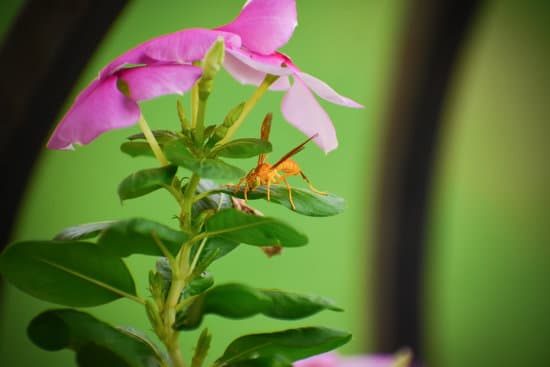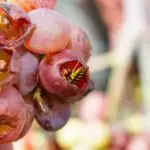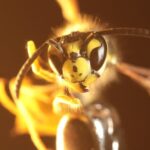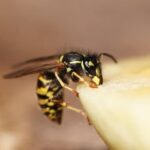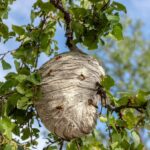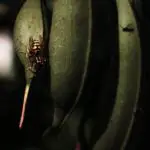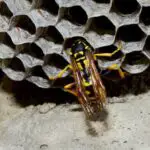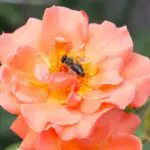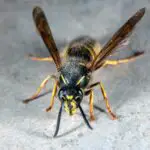How Do Wasps Go in Figs?
Figs are edible fruit, a staple of many desserts. They are often sold as a stand-alone product or in jams. But not all figs are pollinated by wasps. Some grocery store figs are specially cultivated to self-pollinate, and are less likely to have wasps.
When a fig flower is ready to pollinate, it emits a strong scent. This enticing smell lures female wasps to the fig plant. These wasps then crawl inside the fig to bring the pollen to the flower. The pollen allows all the seeds in the flower to grow. These seeds become hard and crunchy bits in the fig.
There are many different types of wasps that pollinate figs. The female wasp is usually 1.5 millimeters in size at full size. She has short spines on the underside of her head. The male wasp has a clear amber body. The female wasp is usually darker in color. It loses its antennae when entering the fig.
Once the female wasp enters the fig, she collects pollen from the male flowers inside the fruit. She then lays eggs inside the fig. The male wasp then creates a tunnel for the female to escape. The female wasp then takes the pollen to another fig to fertilize it.
The pollinating fig wasp lives a unique life cycle. It is different for each species. The queen wasp is almost the perfect size for the job. The grub, or larvae, gradually takes on adult wasp features.
